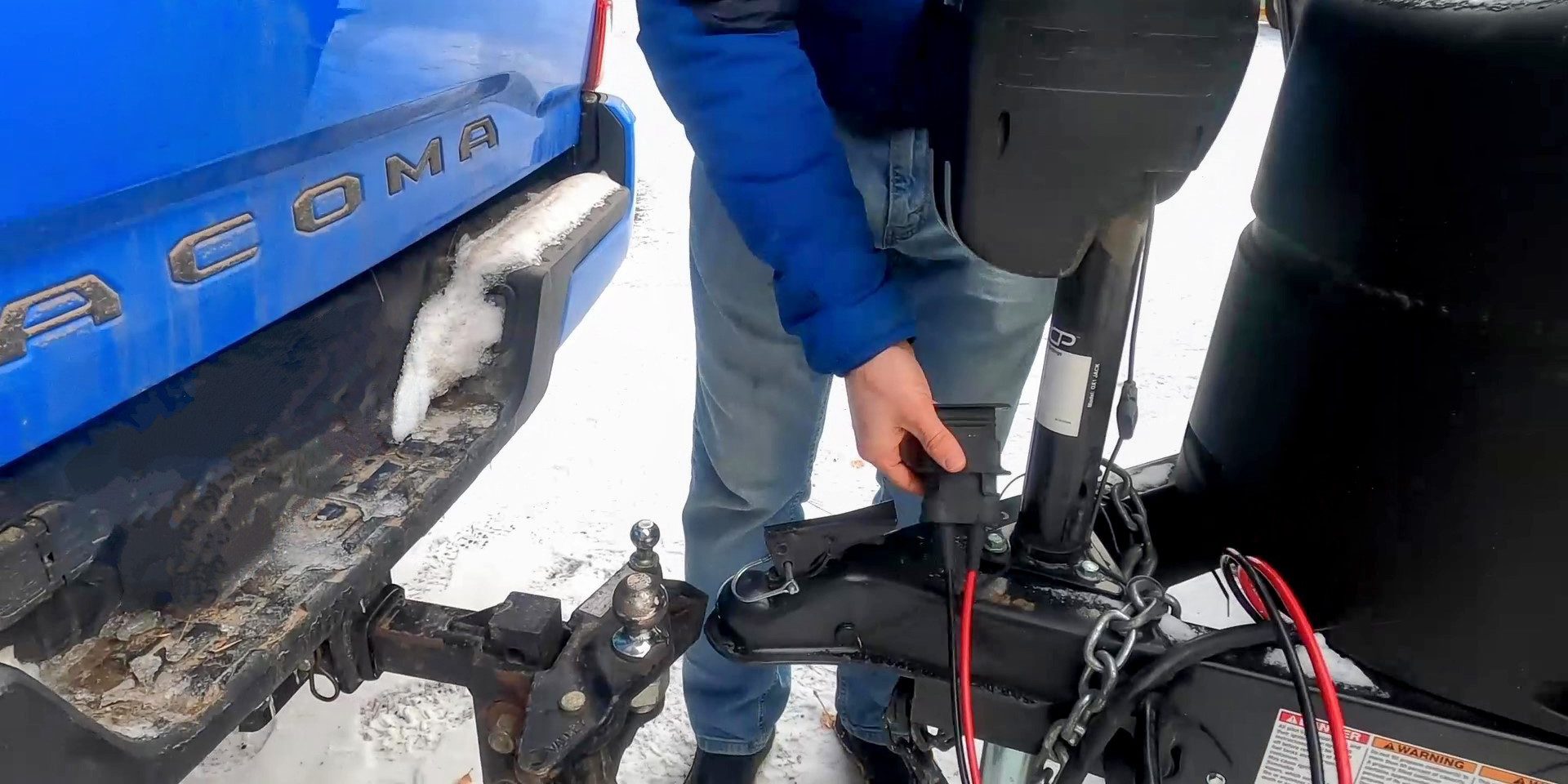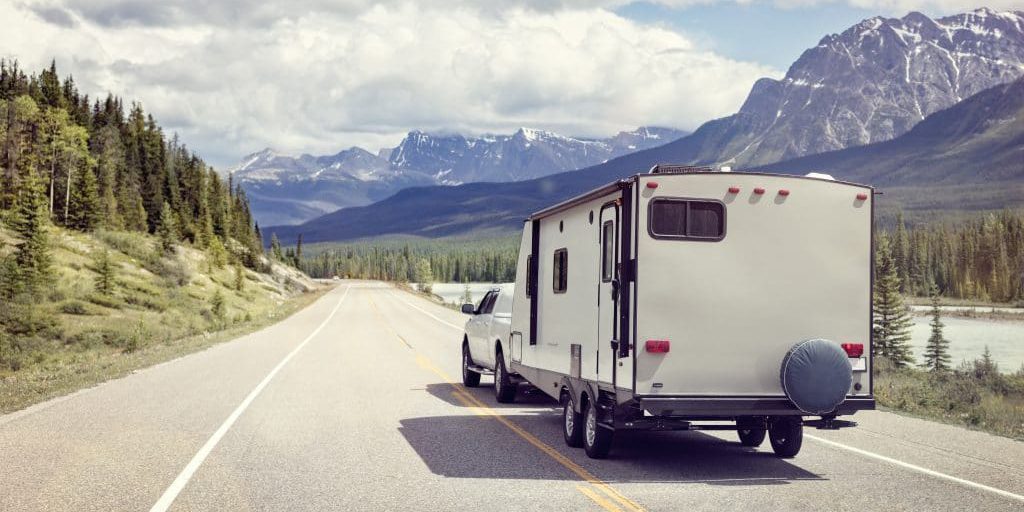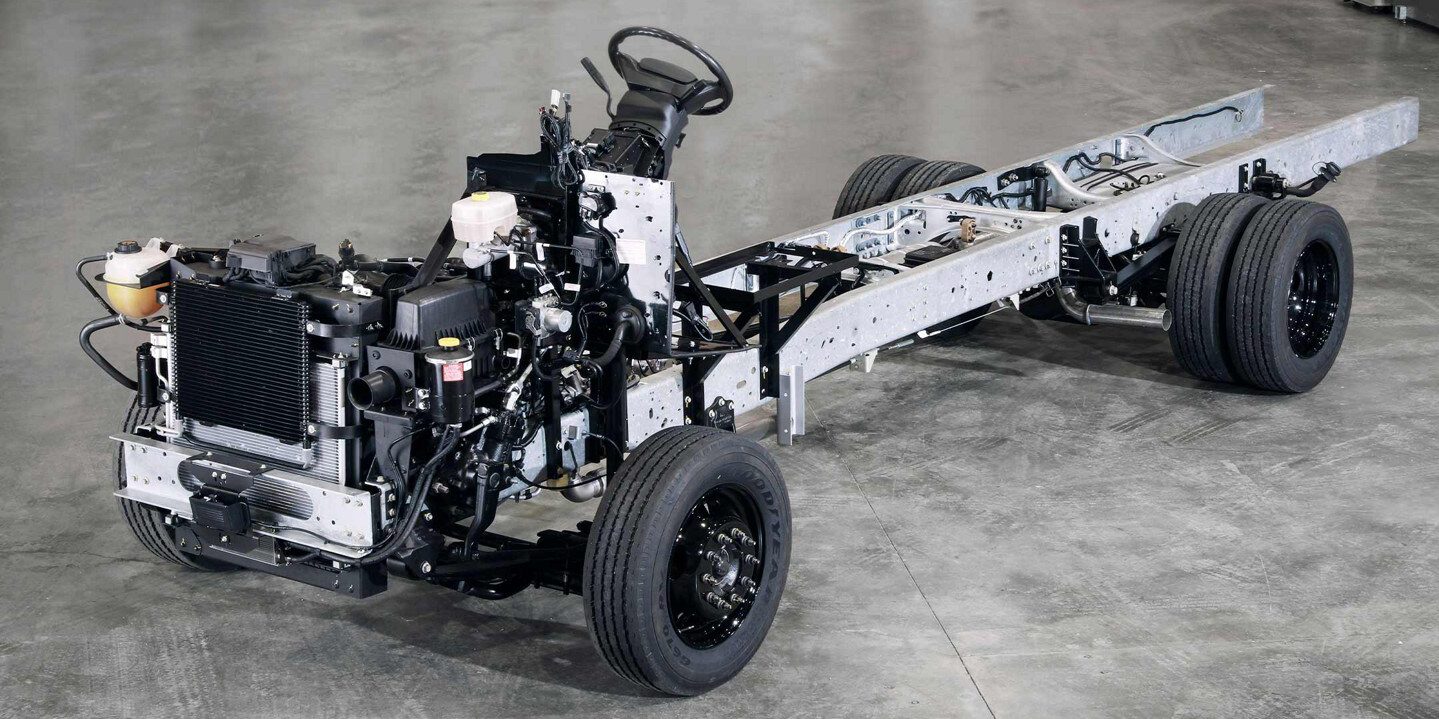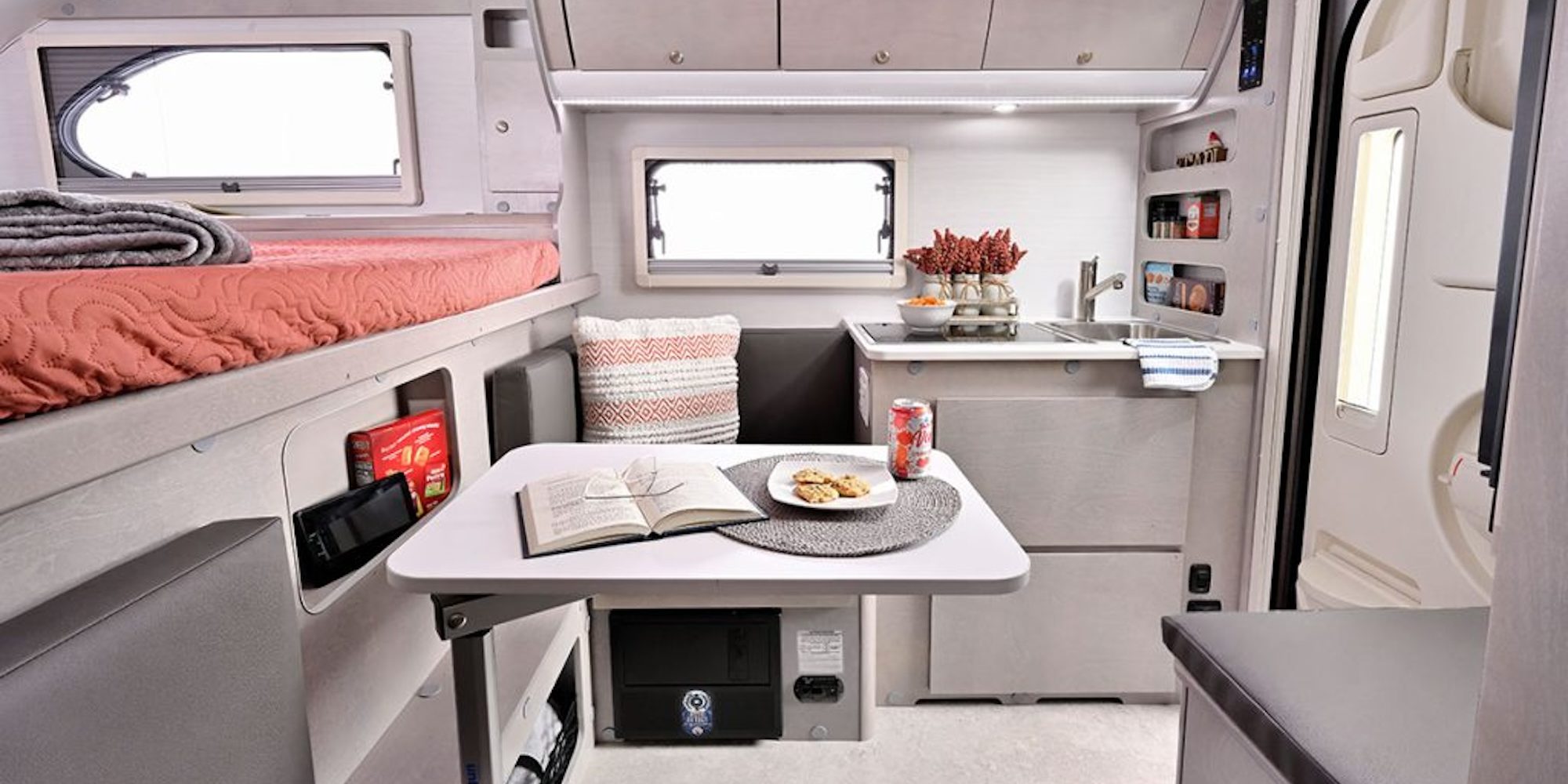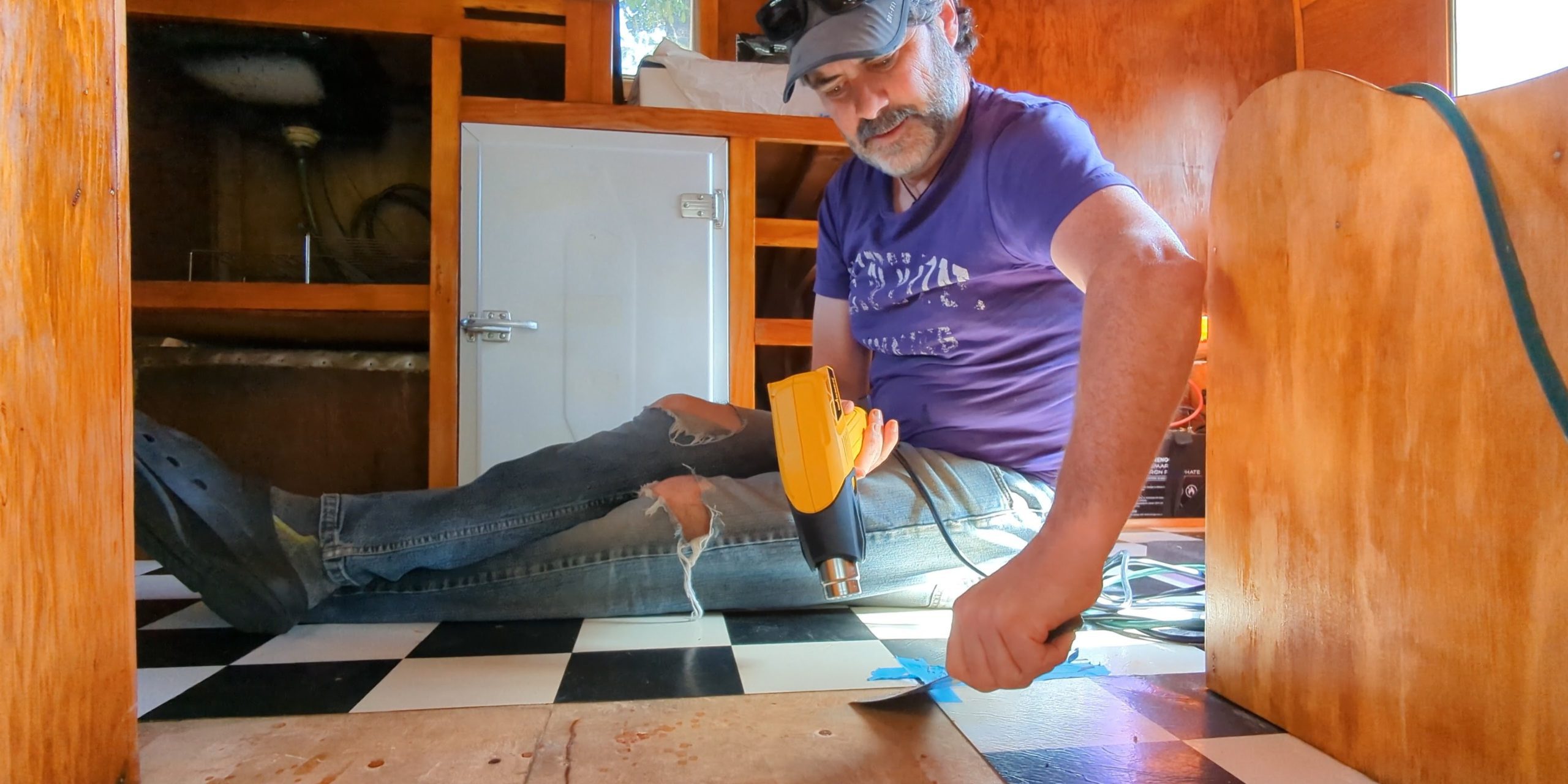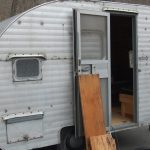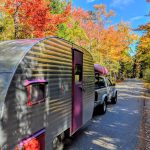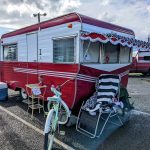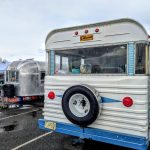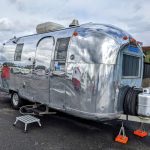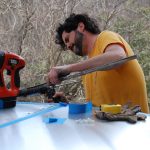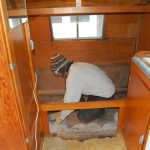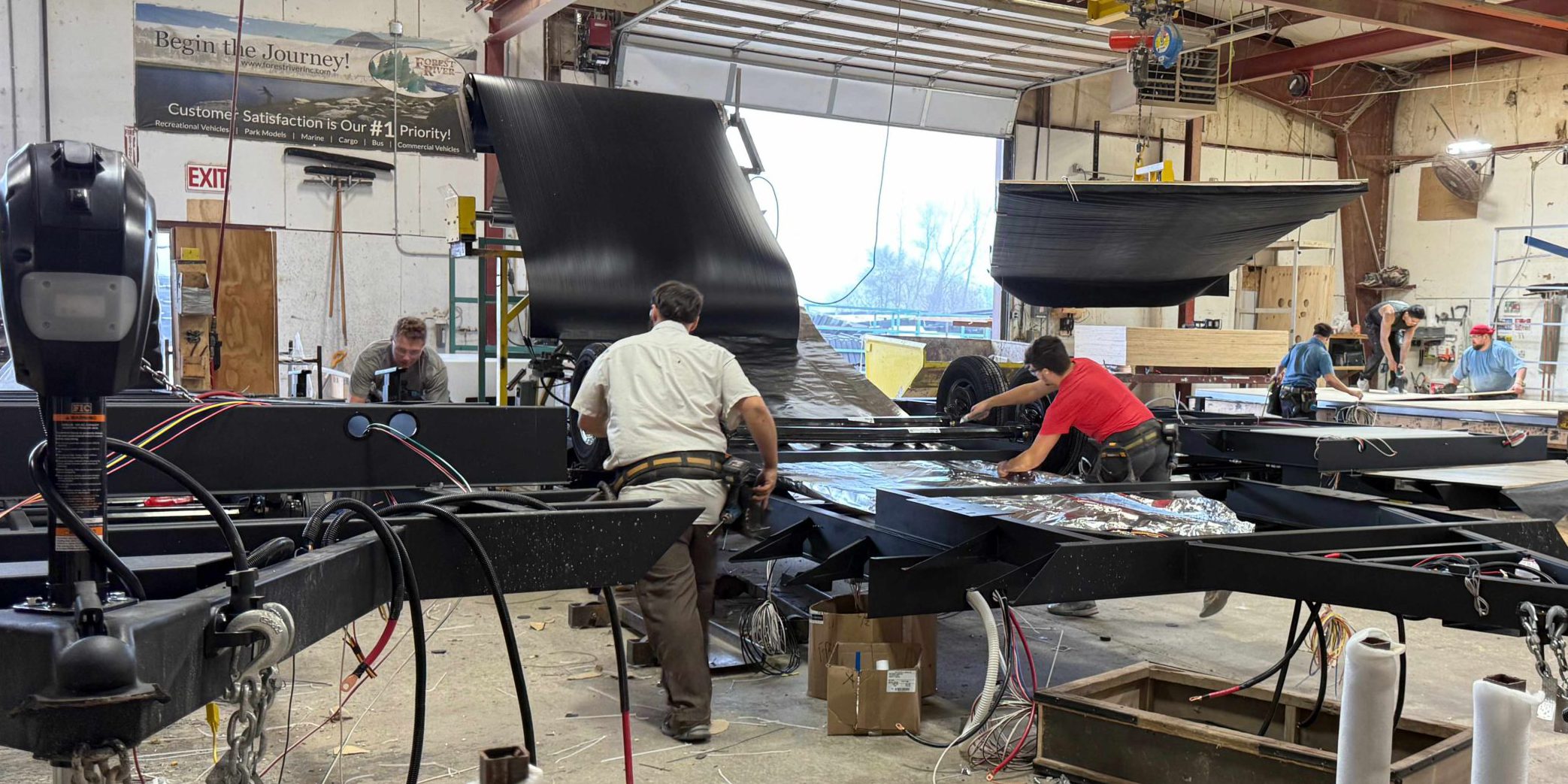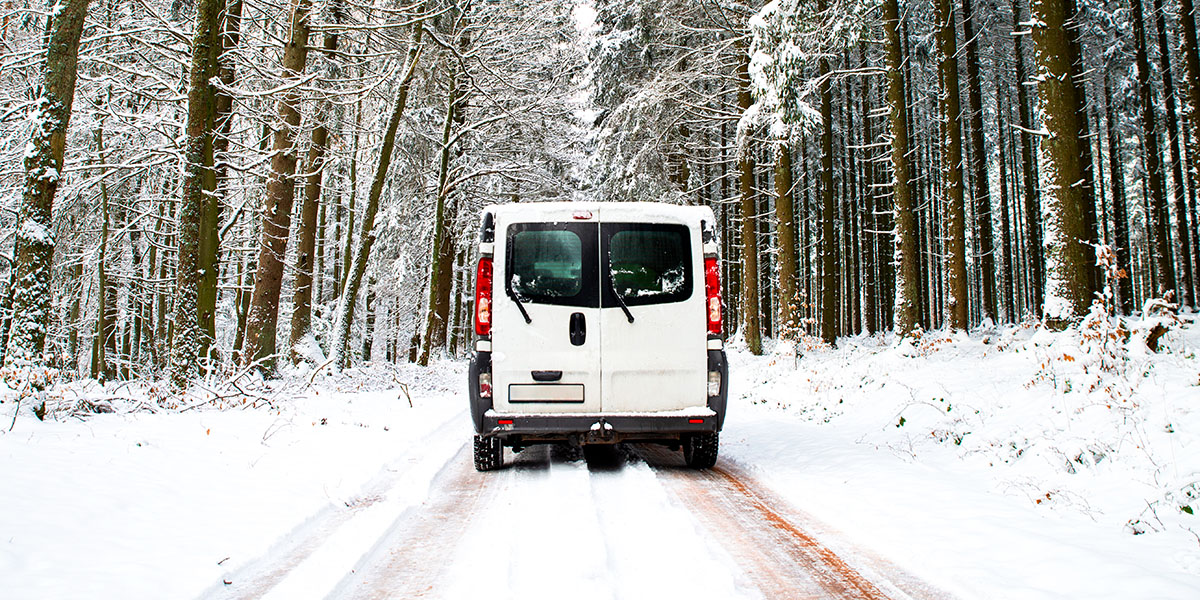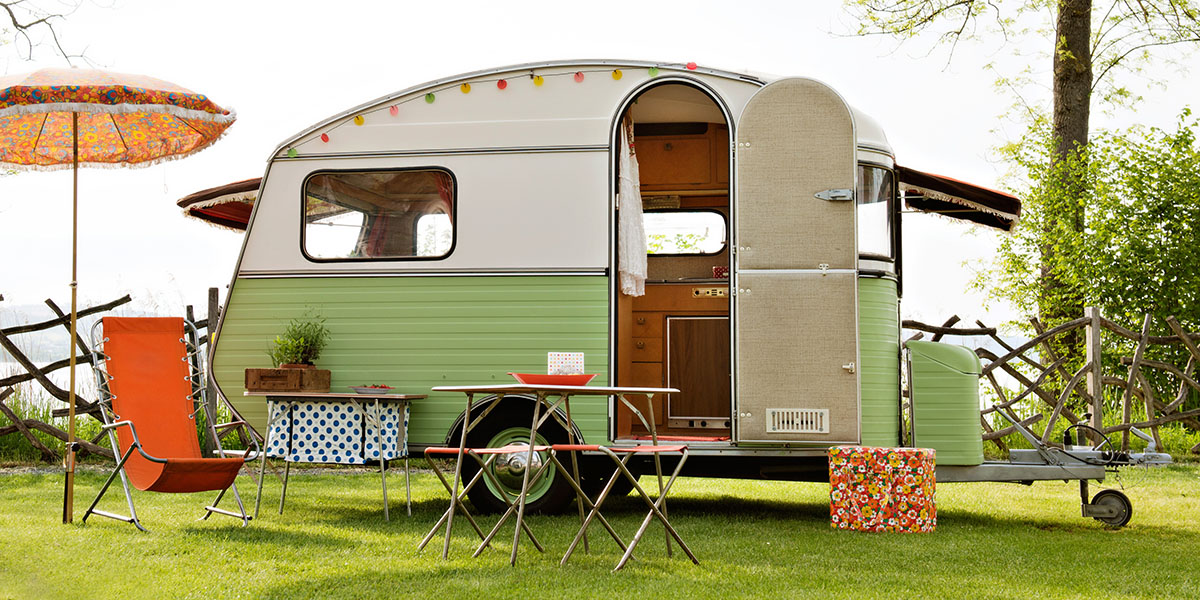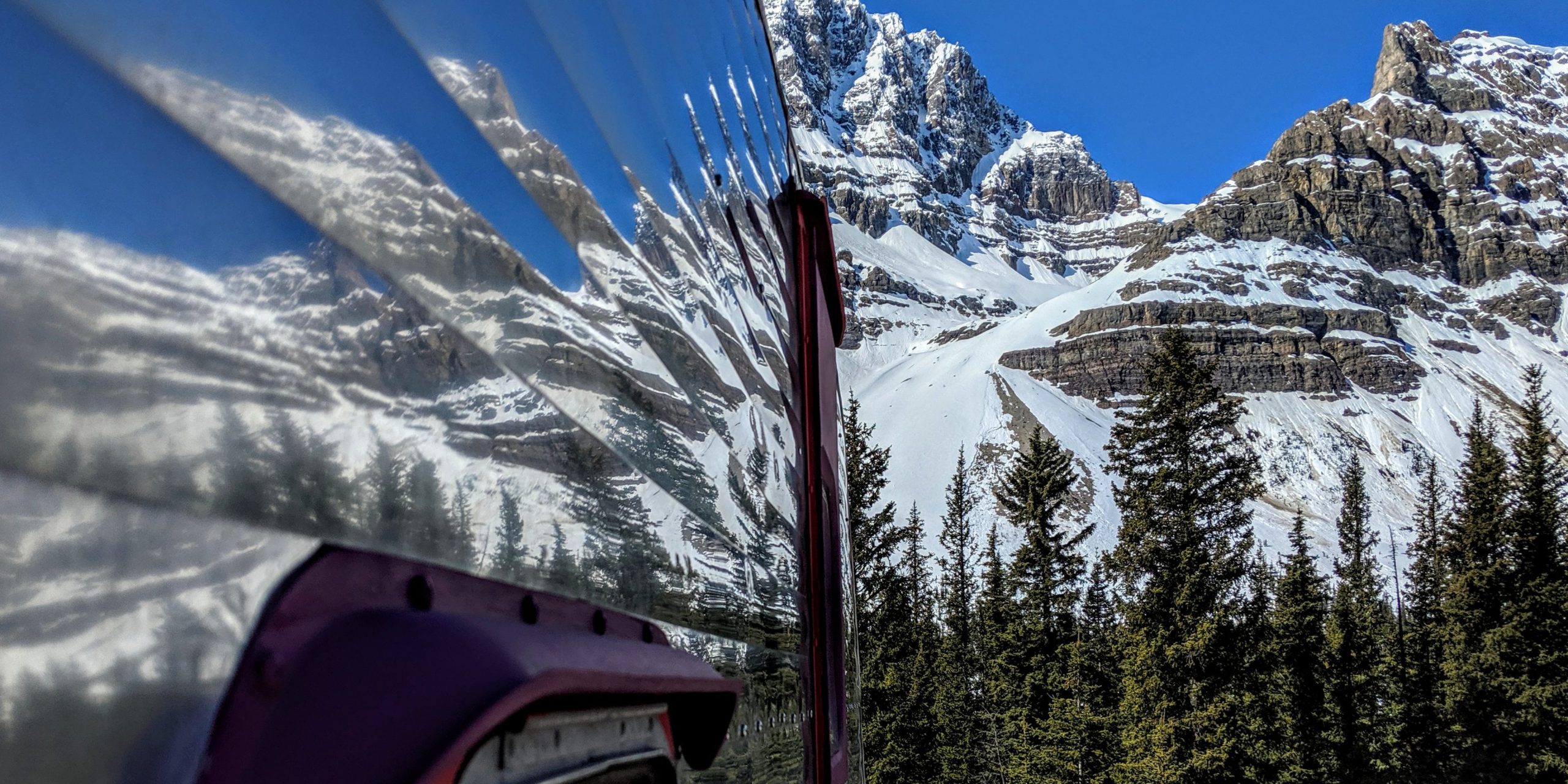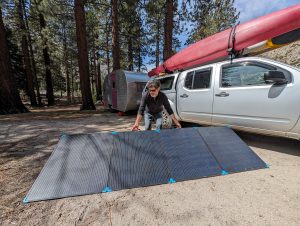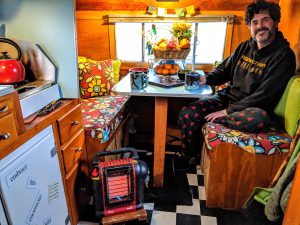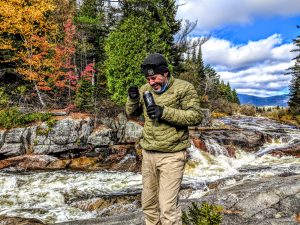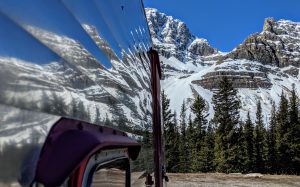If you’re new to the RV world, you’ve probably come across a conversation (or ten) that flourishes RV acronyms like a secret code. “Our TT has a GVWR of 9,000 pounds, but the CCC is only 1,500 pounds. So, we make sure to check the PSI before heading out, especially when boondocking with no hookups.”
Wait … what?
OK, that might be a little extreme. (Just a little example for ya.) But it’s not far off. RV lingo is packed with crazy acronyms. Don’t let the alphabet soup overwhelm you though. Having a little guide that helps you know what they mean can make your life on the road much easier. Whether you’re shopping for your first RV, learning about weight limits, or planning your next trip, these acronyms will help you navigate the world of RVing like a pro.
Let’s break down the most important RV acronyms that every camper should know.
RV Types and Classes
One of the first things you’ll encounter in the RV world is different types of RVs. Knowing the lingo will help you determine what kind of RV fits your travel style. (Especially because some folks use the shorthand.)
A (Class A Motorhome)
Class As are typically the largest and most luxurious motorhome type, and they are built on a bus or commercial truck chassis. These are the big guys — perfect for full-time or multi-month RVers who want all the amenities of home but require more maintenance and space to park.
B (Class B Motorhome)
Also known as camper vans, these are compact, fuel-efficient, and easy to drive. We have had our B, a THOR Sequence 20L, for a few years now — and we love it. Class Bs fit in standard parking spaces and are great for solo travelers, couples, or those who love van life.
C (Class C Motorhome)
These mid-sized motorhomes are built on a van or truck chassis with an overhead sleeping area. Class Cs are a nice balance between Class A and B, offering comfort while still being manageable to drive. We have since let our family travel in our Class B, and we now have a C on a Mercedes van chassis.
5W (Fifth Wheel)
A large towable RV that connects to a special hitch in the bed of a truck. Fifth wheels provide spacious living areas and are a great option for full-time RVers. Just know that these are normally larger in size and can require 2500 or even 3500+ size (HD) heavy duty trucks.
TT (Travel Trailer)
A towable RV that hitches to the bumper of a vehicle. Available in a variety of sizes, travel trailers are a great entry-level option for those who already own a capable tow vehicle.
PUC (Pop-Up Camper)
A small, collapsible trailer that expands into a tent-like RV. These pop-up campers are lightweight, easy to tow, and perfect for occasional campers.
TC (Truck Camper)
A compact RV that sits in the bed of a pickup truck. Ideal for off-grid adventures, these truck campers offer a small but mighty option for travelers who love boondocking. Many of these are heavy and can require an HD truck as well. Always refer to the weight capacity of your vehicle and the RV you are considering.
And that is a great segue to our next category.
Weight and Towing Terms
When it comes to towing an RV safely, understanding weight ratings is critical. These acronyms will ensure you’re not exceeding your limits.
GVWR (Gross Vehicle Weight Rating)
The maximum weight your RV or tow vehicle is rated to safely carry, including passengers, cargo, fuel, and fluids. Exceeding this can lead to dangerous driving conditions.
GCWR (Gross Combined Weight Rating)
The total maximum weight of both your tow vehicle and your fully loaded RV combined. This number is crucial to avoid overloading your setup.
UVW (Unloaded Vehicle Weight)
The weight of your RV as it comes from the manufacturer, with no cargo, passengers, or fluids added.
CCC (Cargo Carrying Capacity)
The amount of weight you can safely add to your RV, including food, gear, water, and personal items, etc. This is calculated as: GVWR – UVW = CCC
GAWR (Gross Axle Weight Rating)
The maximum weight that each axle of your RV or tow vehicle can handle.
TW (Tongue Weight)
The amount of weight that rests on your tow hitch when pulling a travel trailer on your vehicle’s bumber. Proper weight distribution is key to safe towing.
HW (Hitch Weight)
The weight a fifth wheel places on the truck bed hitch.
PC (Payload Capacity)
How much weight your tow vehicle can carry, including passengers, cargo, and the hitch weight.
Camping and Travel Terms
Once you’re on the road, knowing these acronyms will help you navigate campgrounds, hookups, and off-grid adventures.
FHU (Full Hookups)
A campsite with electric, water, and sewer connections, making it easy to stay for extended periods without worrying about tank levels.
W/E (Water and Electric)
A campsite that offers water and electricity but no sewer hookup—you’ll need to use the dump station for waste.
DRY (Dry Camping)
Camping without hookups, meaning you rely on your RV’s battery, water tanks, and propane.
BLM (Bureau of Land Management)
Public lands where boondocking is allowed, often free and located in remote, scenic areas.
NPS (National Park Service)
Governs national parks and campgrounds. Many NPS sites have strict RV length limits, so check before booking.
COE (Corps of Engineers)
Campgrounds managed by the Army Corps of Engineers, often near lakes and rivers, offering beautiful and affordable camping options. These are usually hidden gems in the RV world, because not many people consider them as a first or even second option.
TT (Thousand Trails)
A popular membership-based RV park network offering discounted stays. This is great for those looking to have full hook-ups and extended stays.
RV Maintenance and Systems
Keeping your RV in top shape means knowing the ins and outs of its systems.
PSI (Pounds Per Square Inch)
The recommended air pressure for your vehicle’s tires, be it the RV or tow vehicle. Keeping them at the right PSI prevents blowouts and uneven wear.
LP (Liquid Propane)
Used to fuel stoves, water heaters, furnaces, and refrigerators in many RVs. It can sometimes be referred to as gas, so make sure you understand the difference between LP and gas/diesel for your vehicle.
GFI (Ground Fault Interrupter)
An electrical outlet safety feature that trips when it detects an issue. If your outlets stop working, check your GFI reset button. Many of them have a little light that indicates it has been tripped/turned off.
ABS (Anti-Lock Braking System)
A safety system that prevents skidding when braking hard.
TPMS (Tire Pressure Monitoring System)
A device that monitors tire pressure and alerts you to low or high PSI levels to prevent blowouts.
Boondocking and Off-Grid Living
For those who love to camp off-grid like my wife and I do, these acronyms will come in handy.
AGM (Absorbent Glass Mat)
A type of deep-cycle battery used for RV solar setups and off-grid power storage.
LiFePO4 (Lithium Iron Phosphate)
The current king of the deep-cycle battery world used for RV solar setups and off-grid power storage. They are the best option as of the writing of this article, but they are also the most expensive. As avid boondockers, we have found them to be a must have for our lifestyle.
MPPT (Maximum Power Point Tracking)
A solar charge controller that improves the efficiency of solar panels and charges your house batteries faster than PWM.
PWM (Pulse Width Modulation)
A solar charge controller that connects your solar panels and charges your house batteries.
AH (Amp Hours)
A measurement of battery capacity, showing how much power your battery can store before needing a recharge.
GPH (Gallons Per Hour)
Used to measure water pump efficiency and propane usage.
Don’t Worry! RV Acronyms Soon Become Second Nature
Now, take a breather and save this list, because learning RV acronyms might save your travels. And once you get the hang of them, they become second nature. Whether you’re shopping for your first rig, planning your next trip, or troubleshooting an issue, knowing these terms will make your RV life smoother and more enjoyable.
So, next time someone asks about your GVWR, FHU site, or TPMS, you’ll be able to nod knowingly and answer like a seasoned RVer.

